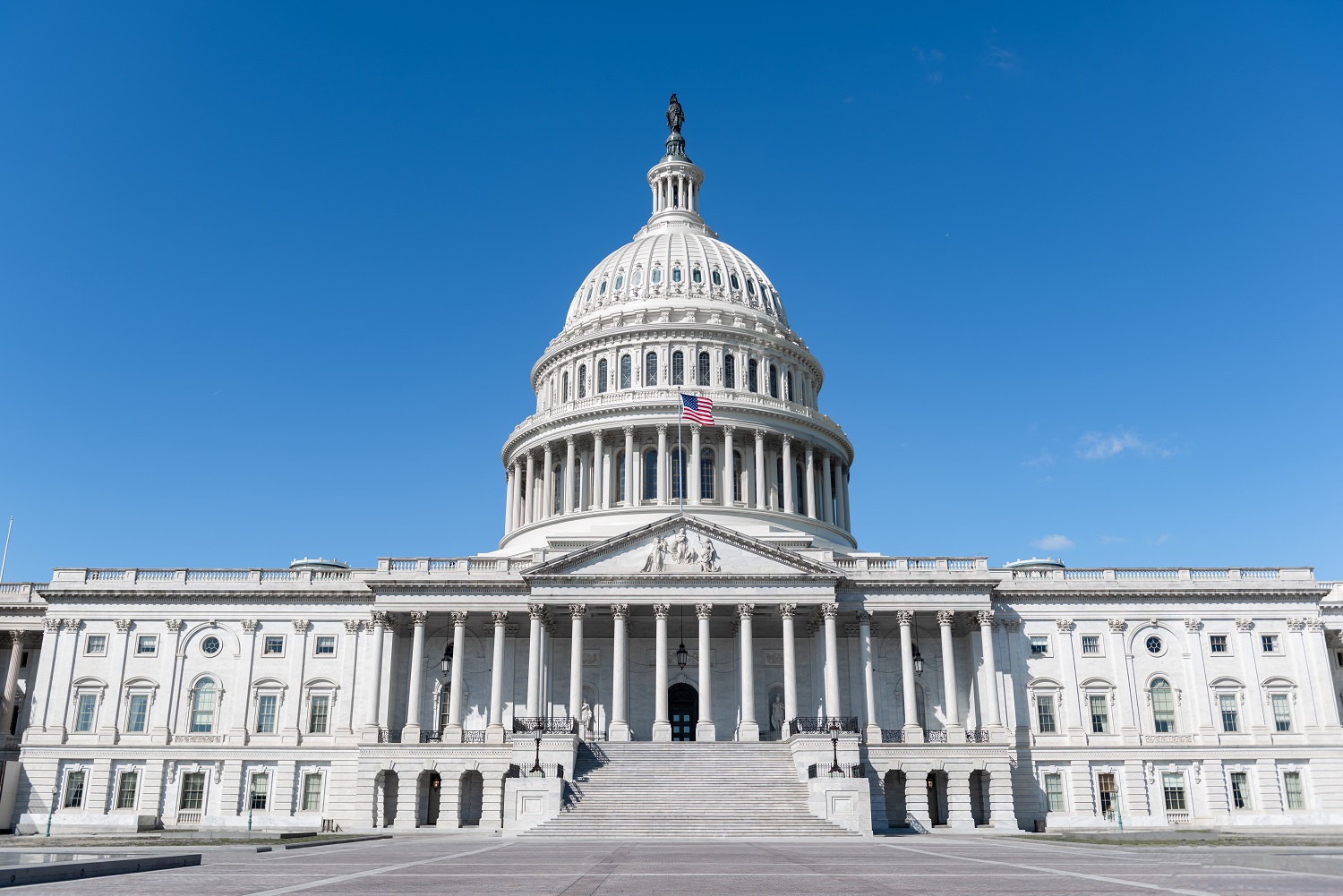This week, we took a broad look at what could be done to reform our foreign assistance architecture to reduce duplication and to make it more efficient, and we wrote about four steps the US government can take immediately toward those goals. You can read our full piece at Devex. Excerpts below.
The White House, State Department, and US Agency for International Development (USAID) reviews have rightly emphasized addressing duplication and inefficiency. But rather than focusing on a State/USAID merger, as has been widely rumored, the administration should look at something that leads to some of the biggest duplications, triplications, and even quadruplications of capacity that exists in the US government: the severe fragmentation of US development assistance.
Writing as former senior officials in two of the government’s largest development agencies—USAID and the Millennium Challenge Corporation—we have seen this fragmentation firsthand. The biggest efficiency gap in the US foreign affairs agencies is not the division between State and USAID—it is the diffusion of US development aid’s goals and roles across 20-some federal agencies and offices. State and USAID should remain separate and distinct—they have different missions, represent distinct professional disciplines, and require different organizational cultures. But the development architecture is long overdue for realignment and consolidation. We have just released a paper laying out a path for doing this—starting with a set of immediately actionable reforms, and moving from there toward a more fundamental reorganization plan.
…
1. Adapt foreign assistance to the realities of operating in fragile states.
The US must adapt as extreme poverty becomes increasingly concentrated in fragile and poorly governed states over the coming decade. By 2030, the share of global poor living in fragile and conflict-affected situations is projected to reach 46 percent. The US government must begin to give its foreign assistance efforts the nimbleness to address rapidly changing situations in fragile states. This means streamlining the procurement process for aid delivery in fragile states by responsibly expanding the use of USAID competition waivers, so that well-targeted development assistance can get there faster. It means allowing funds in the pipeline to be used more flexibly in post-disaster and transitional settings. And it means developing a new USAID mechanism for surging staff toward emergent crises and opportunities.
2. Focus on inclusive growth as a development objective.
Fostering more inclusive growth is a core development challenge for this decade and beyond, because growth in developing countries does not necessarily help their poorest citizens. Aid is not always the main tool in doing this. In relatively stable developing countries, development engagement should move toward catalyzing private finance and a country’s own domestic resources, rather than financing needs directly. A major step in this direction would be to expand the Overseas Private Investment Corporation into a full-fledged development finance institution, with a toolkit that is better suited to helping developing countries access private investment funds.
We should also embrace a longer-term role for the MCC, which works explicitly to foster economic growth. MCC’s default setting is to complete its engagement through one, or at most two, five-year compact programs, which is too short a timeline relative to the development trajectories of well-governed states. Eventual major reforms should expand MCC’s role over time so it has a more prominent leadership and coordinating role in promoting inclusive growth in better governed nations.
3. Reinforce—and grow—existing global health leadership.
Third, the US should reinforce its recognized leadership in global health as the world’s largest single investor. Programs such as the President's Emergency Plan for AIDS Relief have achieved historic results, attracted bipartisan support, and shaped the global health landscape. But more can be done to align PEPFAR funding streams with US government agencies’ core capacities in conjunction with greater rigor and accountability for results.
In its early years, PEPFAR scaled up rapidly to respond to the urgent HIV/AIDS crisis, and as programming scaled up, an inconsistent division of labor emerged between the main implementing agencies, the Centers for Disease Control and USAID. The current division of labor is out of step with the two agencies’ distinct comparative advantages. The government should take a hard look at the roles and responsibilities now that the epidemic is moving to the stage of management and control versus emergency response—and recognize that more of the management, coordination, and day-to-day work should be led by the host countries themselves.
4. Streamline existing humanitarian aid efforts.
As the world contends with the highest level of displacement and humanitarian need in decades, the US should streamline and enhance its humanitarian aid efforts. The US funds roughly one quarter of the world’s humanitarian relief every year, providing the financial backbone of global crisis response. In 2015, USAID provided lifesaving support to 109 million victims of humanitarian emergencies around the world. But there is room for improvement.
USAID has long had two parallel offices responsible for humanitarian assistance: the Office of US Foreign Disaster Assistance and the Office of Food for Peace. In today’s world, food versus non-food is no longer a meaningful organizing principle for relief aid. To be fully effective, food aid programming depends on integrated water, nutrition, livelihoods, and health programming—and vice versa. These two offices should be merged and elevated.
…
By implementing changes that enable greater value for money, the US will be able to better maximize its impact within a flat or declining resource environment. This is by no means an exhaustive list of the reforms that could be undertaken, but these would be important first steps toward an aid system that is ready to confront present and future challenges.
Disclaimer
CGD blog posts reflect the views of the authors, drawing on prior research and experience in their areas of expertise. CGD is a nonpartisan, independent organization and does not take institutional positions.





